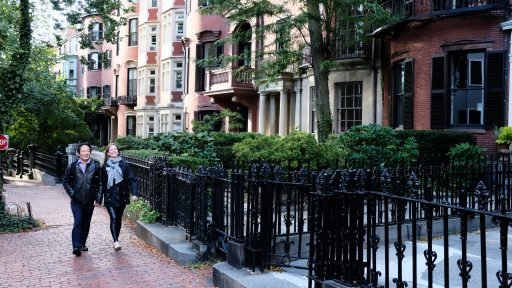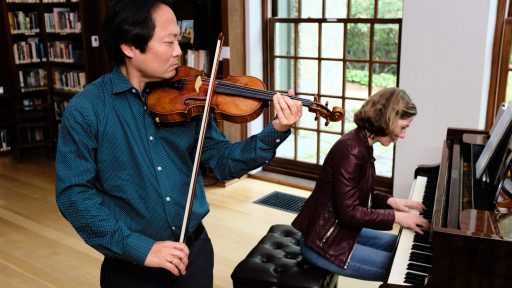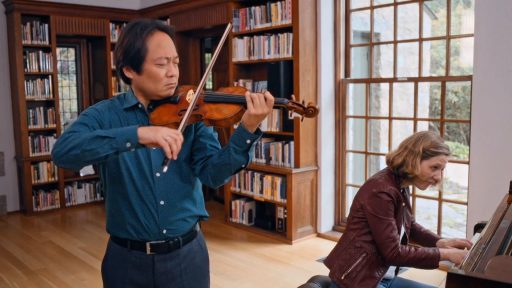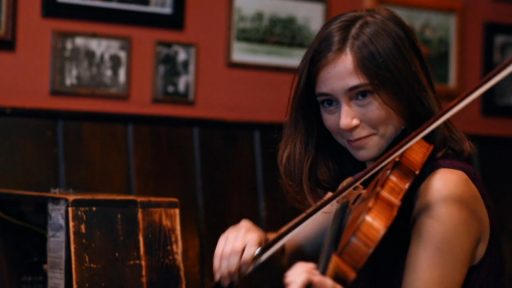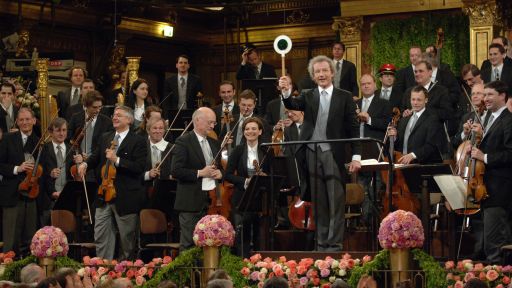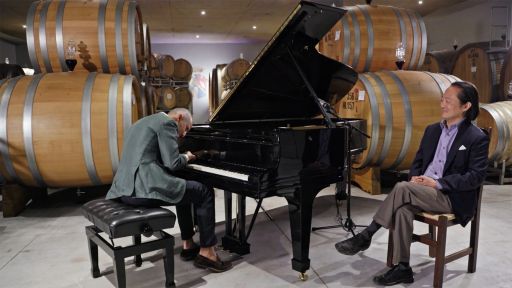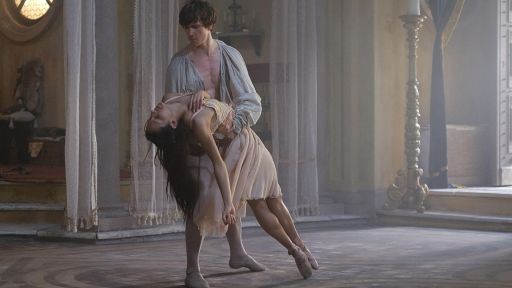Premieres Friday, April 8 at 9 p.m. on PBS (check local listings), pbs.org/nowhearthis and the PBS Video app
Host Scott Yoo and his wife, flutist Alice Dade, perform the work of Romantic era classical composer Amy Beach at Festival Mosaic and uncover Beach’s many musical influences. Featuring performances of Beach’s works, the duo visits places Beach took inspiration from throughout her life, including an artist residency at MacDowell in New Hampshire, where she wrote “Hermit Thrush at Morn,” “Hermit Thrush at Evening” and more. Along the way, Yoo and Dade also explore the works of European female composers and musicians Clara Schumann, Fanny Mendelssohn and Louise Farrenc, and even stop to discover the music in the vineyards of California.
Places visited: Boston, Massachusetts; Peterborough, New Hampshire; New York, New York; San Luis Obispo, California
Follow celebrated violinist and conductor Scott Yoo as he travels the United States to uncover the musical influences of some of America’s most prominent composers — Amy Beach, Florence Price and Aaron Copland — in of the third season of Great Performances: Now Hear This. The documentary miniseries also spotlights two contemporary composers weaving the traditional music of their heritage into their compositions: Brazilian-born Sergio Assad and Indian American Reena Esmail. From coast to coast, the series shines a light on the immigrant experience as told through music, featuring local artists across musical genres including gospel, blues and more. Great Performances: Now Hear This Series 3 premieres Fridays, April 8-29 at 9 p.m. ET on PBS (check local listings), pbs.org/nowhearthis and the PBS Video app as part of #PBSForTheArts.
Throughout its nearly 50-year history on PBS, Great Performances has provided an unparalleled showcase of the best in all genres of the performing arts, serving as America’s most prestigious and enduring broadcaster of cultural programming. Showcasing a diverse range of artists from around the world, the series has earned 67 Emmy Awards and six Peabody Awards. The Great Performances website hosts exclusive videos, interviews, photos, full episodes and more. The series is produced by The WNET Group.
Great Performances is available for streaming concurrent with broadcast on all station-branded PBS platforms, including PBS.organd the PBS Video App, available on iOS, Android, Roku streaming devices, Apple TV, Android TV, Amazon Fire TV, Samsung Smart TV, Chromecast and VIZIO. PBS station members can view many series, documentaries and specials via PBS Passport. For more information about PBS Passport, visit the PBS PassportFAQ website.
Great Performances: Now Hear This was created by producer, writer and director Harry Lynch and is a production of Arcos Film + Music. Harry Lynch, Scott Yoo and Richard Lim are executive producers. For Great Performances, Bill O’Donnell is series producer and David Horn is executive producer.
Series funding for Great Performances is made possible by The Robert Cornell Memorial Foundation, the Anna-Maria and Stephen Kellen Arts Fund, the LuEsther T. Mertz Charitable Trust, Jody and John Arnhold, The Philip and Janice Levin Foundation, the Kate W. Cassidy Foundation, the Thea Petschek Iervolino Foundation, Rosalind P. Walter, The Starr Foundation, the Seton J. Melvin, the Estate of Worthington Mayo-Smith, and Ellen and James S. Marcus. Funding for Now Hear This is also provided by The Iris and Joseph Pollock Fund, Sue and Edgar Wachenheim III, and the Jack Lawrence Charitable Trust.

